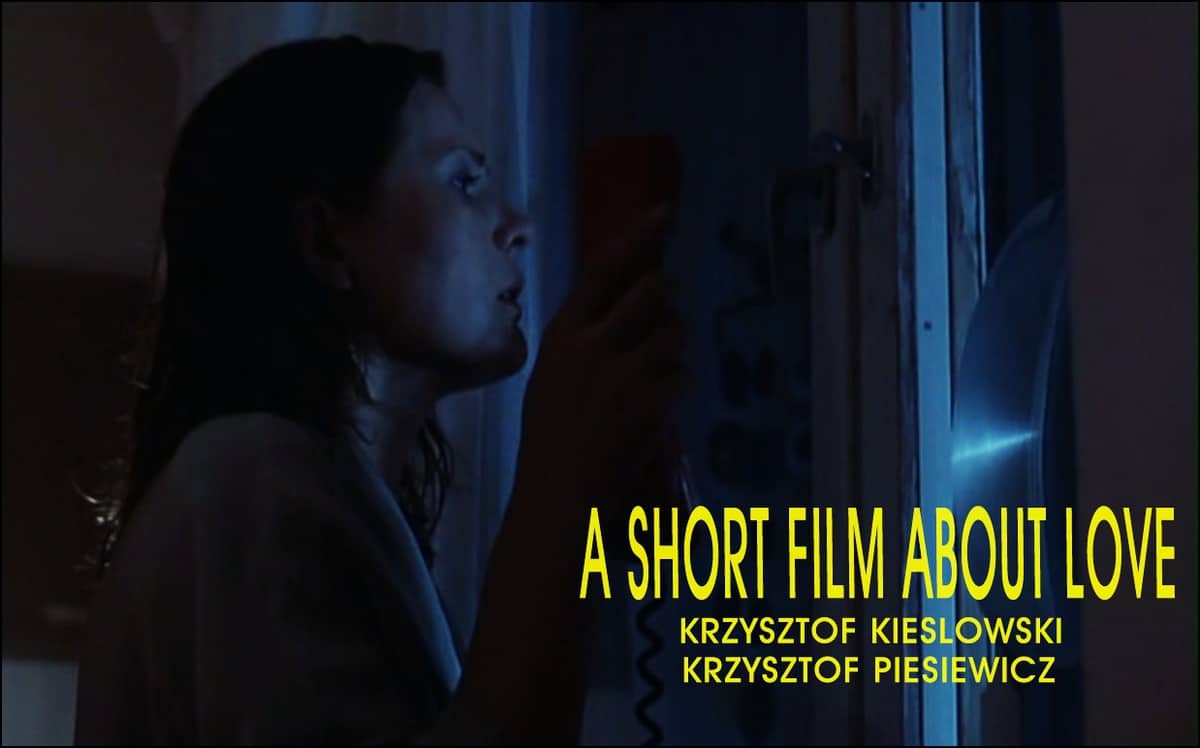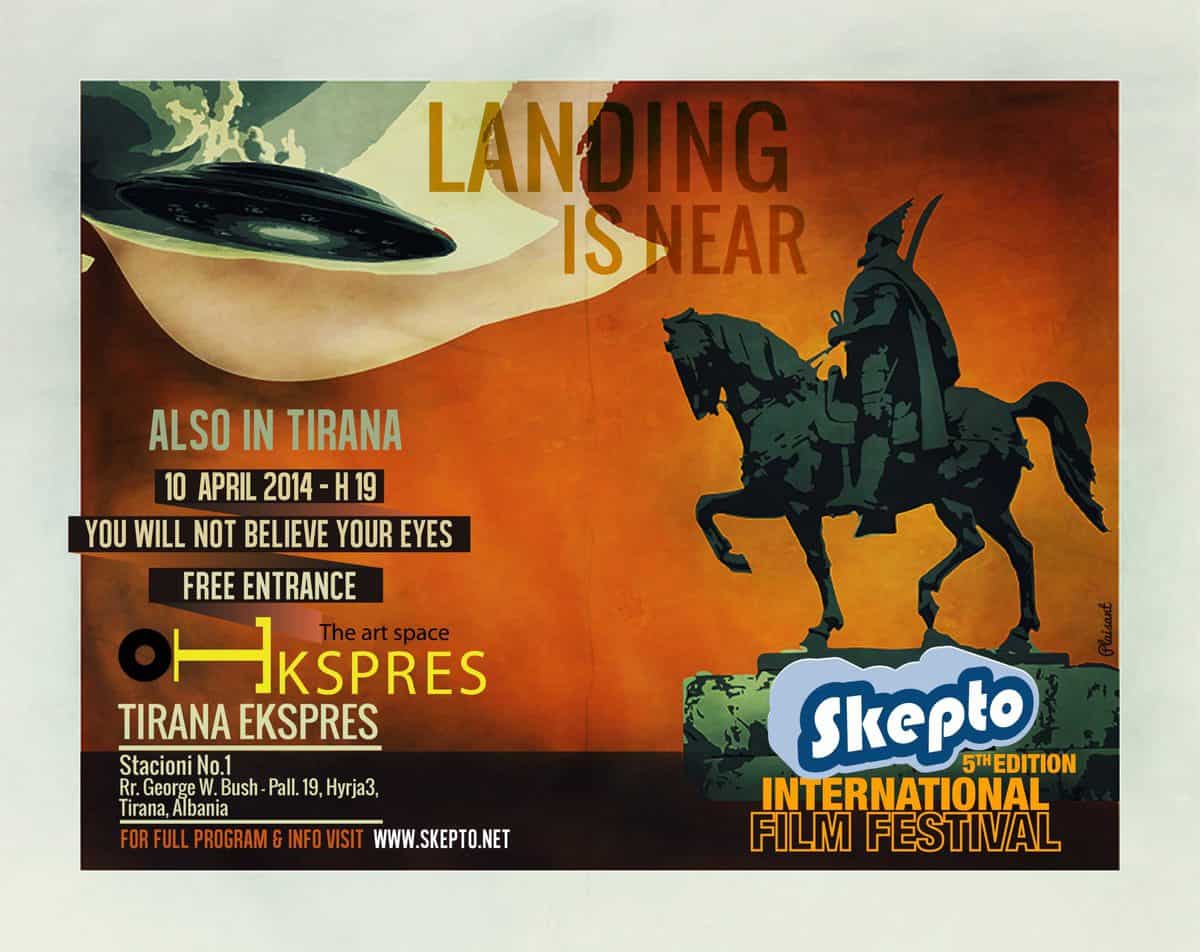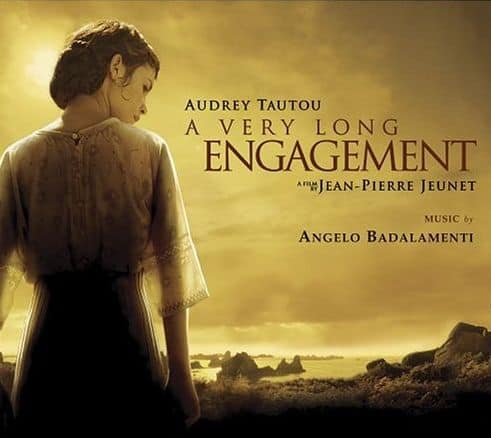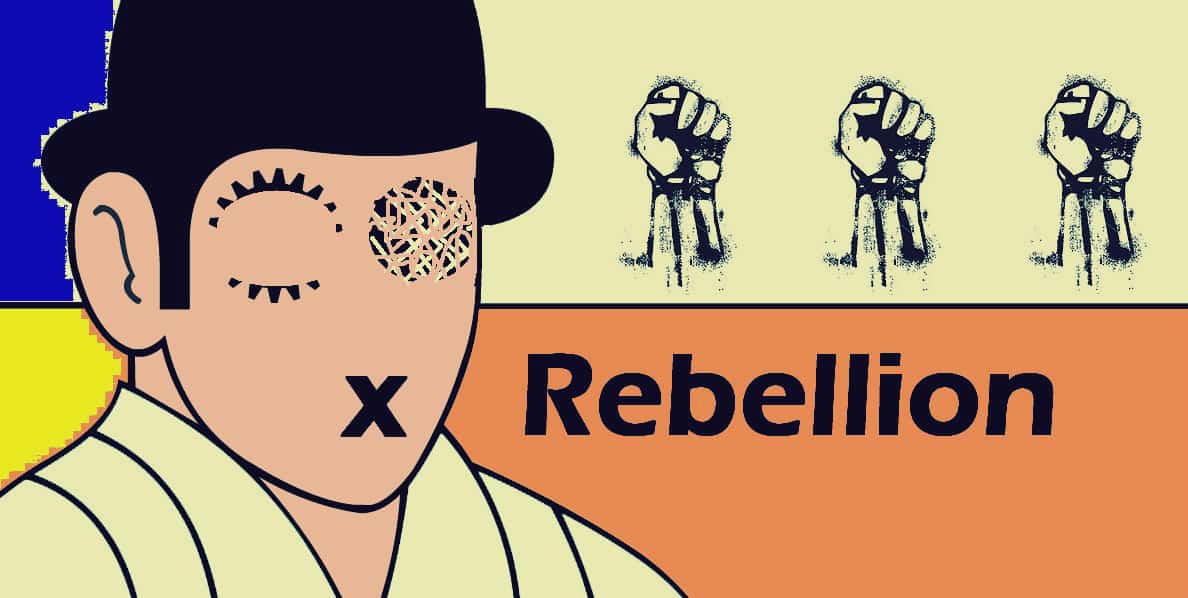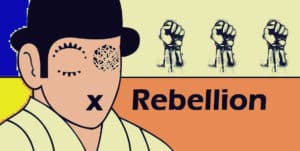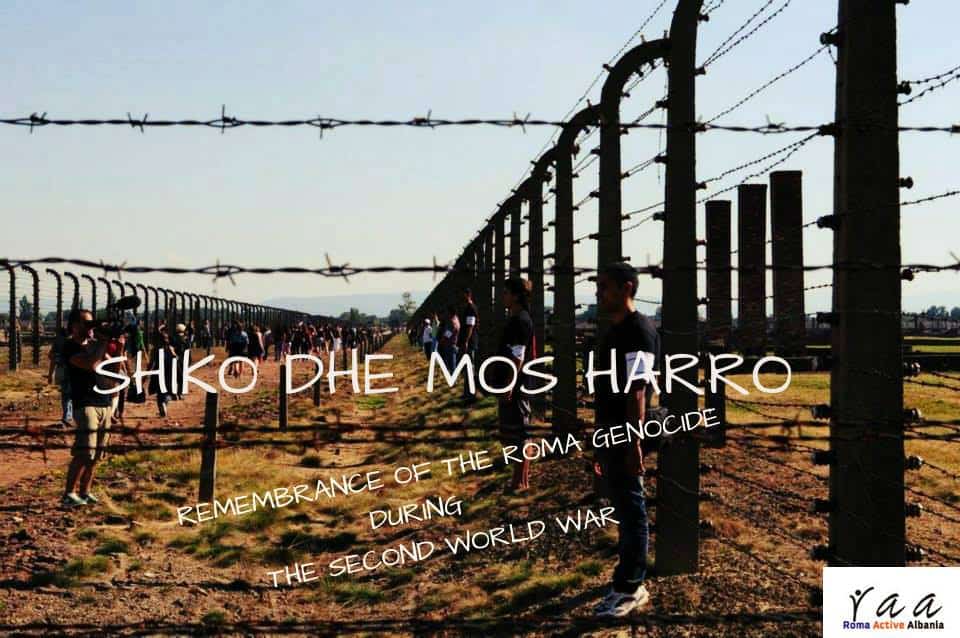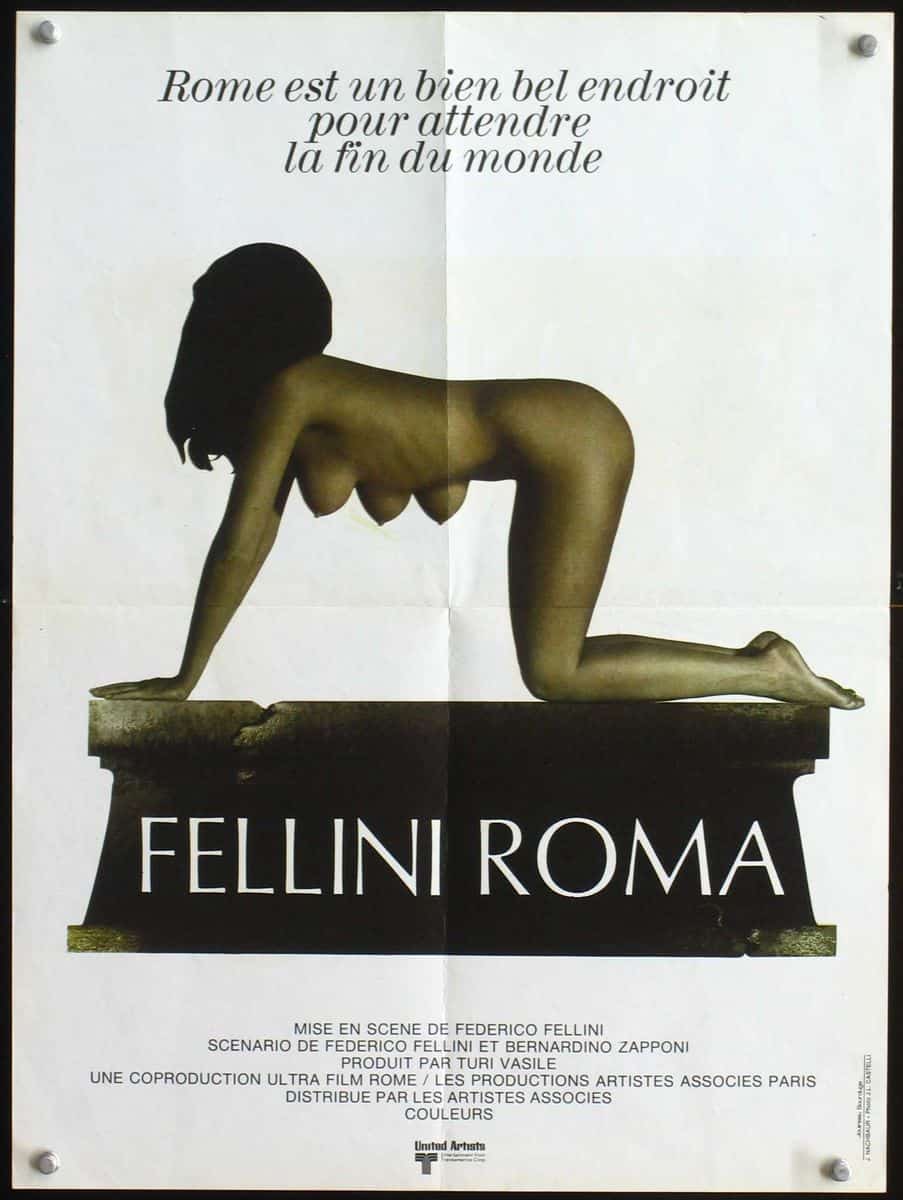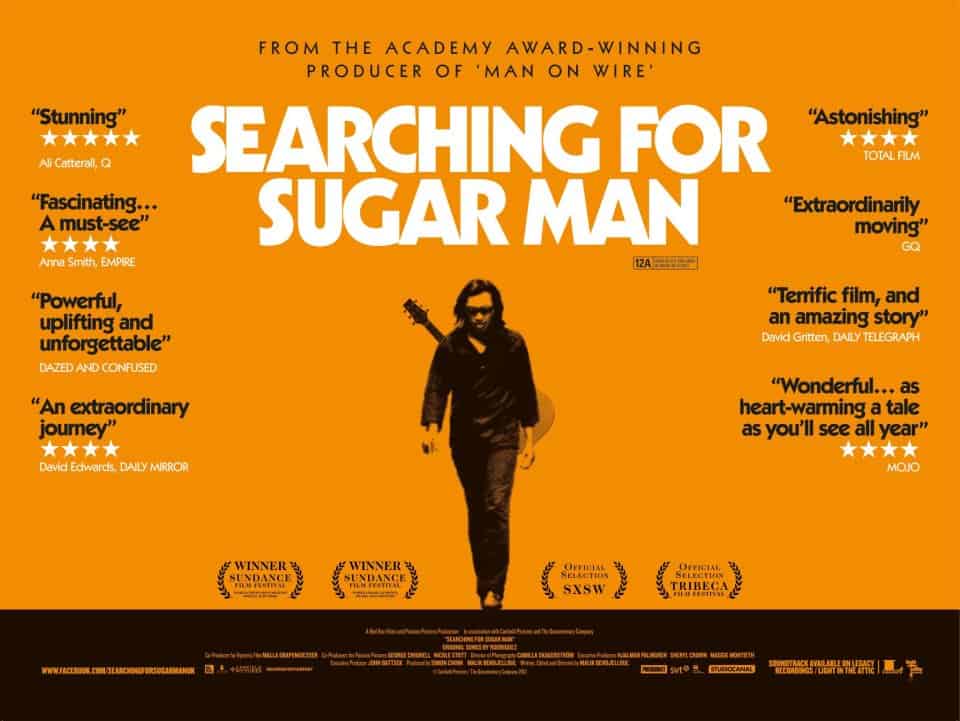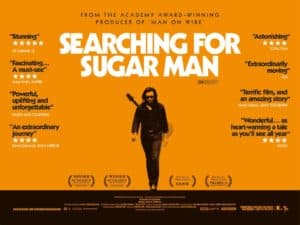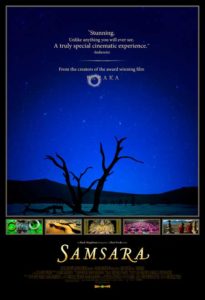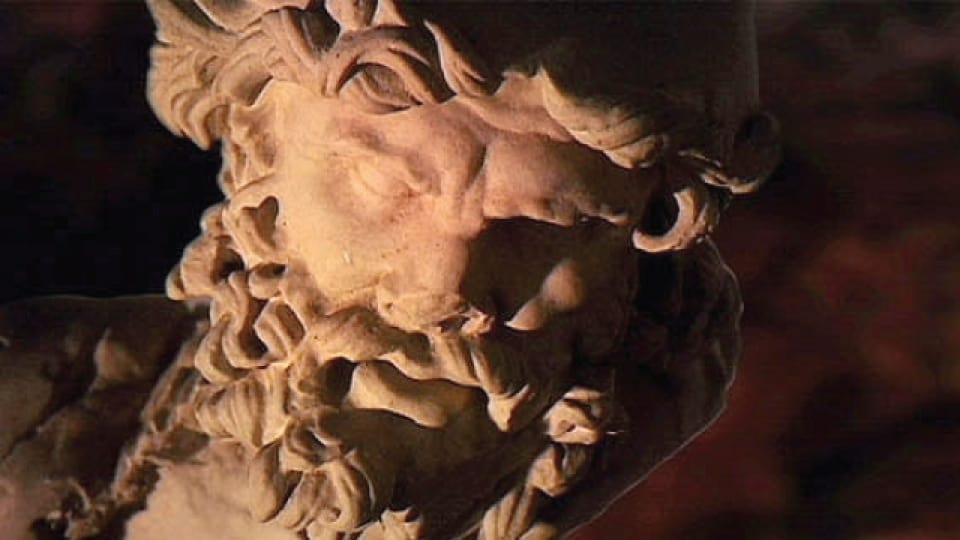 When we watch a good film, something extraordinary happens. We become so involved with what’s going on that we feel we are living the story ourselves. Films enchant, terrify and inspire us, yet their visual storytelling techniques are not a modern phenomenon; in fact, they go back to the ancient past. But how did film really get its ability to transport us to other worlds? Where did the ingredients of visual storytelling come from?
When we watch a good film, something extraordinary happens. We become so involved with what’s going on that we feel we are living the story ourselves. Films enchant, terrify and inspire us, yet their visual storytelling techniques are not a modern phenomenon; in fact, they go back to the ancient past. But how did film really get its ability to transport us to other worlds? Where did the ingredients of visual storytelling come from?
The first story ever written is four thousand years old, and tells the tale of Gilgamesh, the legendary lion-killing king who is the world’s first action hero.
The story of Gilgamesh was well known throughout the Middle East. In about 645 BC, King Ashurbanipal of Assyria sought to promote himself by capitalizing on the hero’s power and glamour. Knowing full well that few of his subjects could read, Ashurbanipal came up with a groundbreaking solution. He departed from a story told in words and devised a story told in pictures with himself playing the lead role instead of Gilgamesh. His sculptors created a series of freeze frames in stone depicting Ashurbanipal as the slayer of lions, and placed them around his throne room.
Ashurbanipal then went on to create what is probably the world’s first complete visual story, an epic blockbuster with a cast of thousands. The story told of his war with his enemies, the Elamites, and used a visual storytelling technique that had never been seen before – a complex tale that unfolded over many scenes. Not only did it have a beginning, middle and an end, it also had subplots that made the whole story more intriguing. In the end, however, though the freezes are filled with blood and violence, there is no real rage, tears, or emotion. The story is as cold as the stone it is engraved on, making it hard to feel engaged with these characters.
This story is unique in that it’s the first narrative to exploit the universal human desire for a hero. But just having a hero in words is not enough. Unfortunately, it was hard to get emotionally involved in the tale.
It took the Greeks to come up with a visual storytelling style that made you really care; that had psychologically credible characters. The Greeks had a rich tradition of evocative storytelling, and there was one epic story they loved to visualize above all others – Homer’s tale of Odysseus. On the coastline of Sperlonga in Southern Italy, Greek artist converted an enormous cave into a dinning room where guests would sit amongst enormous sculptures and be fed and entertained with stories. The sculptures where not there just for ornamentation, but rather to help visualize the storytelling. One giant sculpture illustrated an incident in the dramatic story of Odysseus’ encounter with the Cyclops, where Odysseus and his men are driving a wooden stake into the Cyclops’ single eye. The sculptors have chosen to show the moment of maximum tension – right before the spear went into the single eye – because it is at this moment that the character’s emotions are the most revealing. And by depicting realistic emotions, this is no longer a story that just tells you what happened, but how it happened. It has psychological motivation. It shows you what people are feeling and marks a crucial step in the history of visual story telling.
The Romans took storytelling one-step further; they combined the three elements of a strong heroic lead, a gripping storyline, and emotionally involving characters into a single visual narrative. Trajan’s Column in Rome (see Storytelling Interactive) is perhaps the best example of this type of visual communication.
In the end, however, as impressive as the column may be, it’s still missing something – it still lacks the power to captivate. But this missing piece can be found in the non-classical civilization of the Australian Aborigines, whose storytelling combines the visual, as well as music and singing. The images that most Aboriginal artists paint today are the same images that were painted on rock walls thousands of years ago. The Barramundi fish, Yingarna, the Earth Mother, the Rainbow Serpent – these are paintings that each tell a unique story. However, the Aboriginal artist doesn’t paint a sequence of images as if outlining the plot of a story. Instead, they use single stylized images to trigger in the mind of the onlooker stories they already know. But the use of a single image is only one part of their storytelling secret. These artists also use music, song and dance to enveloped their audience in a full multimedia experience designed to stimulate not only the eyes, but the ears as well. This soundtrack, then, is what has given Aboriginal stories the power to survive for thousands of years. It is this soundtrack that provides the power for the Aboriginal story to have survived thousands of years, and which is so critical to the success of modern film’s ability to transport us into other worlds. When we watch a good film, something extraordinary happens. We become so involved with what’s going on that we feel we are living the story ourselves. Films enchant, terrify and inspire us, yet their visual storytelling techniques are not a modern phenomenon; in fact, they go back to the ancient past. But how did film really get its ability to transport us to other worlds? Where did the ingredients of visual storytelling come from?
When we watch a good film, something extraordinary happens. We become so involved with what’s going on that we feel we are living the story ourselves. Films enchant, terrify and inspire us, yet their visual storytelling techniques are not a modern phenomenon; in fact, they go back to the ancient past. But how did film really get its ability to transport us to other worlds? Where did the ingredients of visual storytelling come from?
The first story ever written is four thousand years old, and tells the tale of Gilgamesh, the legendary lion-killing king who is the world’s first action hero.
The story of Gilgamesh was well known throughout the Middle East. In about 645 BC, King Ashurbanipal of Assyria sought to promote himself by capitalizing on the hero’s power and glamour. Knowing full well that few of his subjects could read, Ashurbanipal came up with a groundbreaking solution. He departed from a story told in words and devised a story told in pictures with himself playing the lead role instead of Gilgamesh. His sculptors created a series of freeze frames in stone depicting Ashurbanipal as the slayer of lions, and placed them around his throne room.
Ashurbanipal then went on to create what is probably the world’s first complete visual story, an epic blockbuster with a cast of thousands. The story told of his war with his enemies, the Elamites, and used a visual storytelling technique that had never been seen before – a complex tale that unfolded over many scenes. Not only did it have a beginning, middle and an end, it also had subplots that made the whole story more intriguing. In the end, however, though the freezes are filled with blood and violence, there is no real rage, tears, or emotion. The story is as cold as the stone it is engraved on, making it hard to feel engaged with these characters.
This story is unique in that it’s the first narrative to exploit the universal human desire for a hero. But just having a hero in words is not enough. Unfortunately, it was hard to get emotionally involved in the tale.
It took the Greeks to come up with a visual storytelling style that made you really care; that had psychologically credible characters. The Greeks had a rich tradition of evocative storytelling, and there was one epic story they loved to visualize above all others – Homer’s tale of Odysseus. On the coastline of Sperlonga in Southern Italy, Greek artist converted an enormous cave into a dinning room where guests would sit amongst enormous sculptures and be fed and entertained with stories. The sculptures where not there just for ornamentation, but rather to help visualize the storytelling. One giant sculpture illustrated an incident in the dramatic story of Odysseus’ encounter with the Cyclops, where Odysseus and his men are driving a wooden stake into the Cyclops’ single eye. The sculptors have chosen to show the moment of maximum tension – right before the spear went into the single eye – because it is at this moment that the character’s emotions are the most revealing. And by depicting realistic emotions, this is no longer a story that just tells you what happened, but how it happened. It has psychological motivation. It shows you what people are feeling and marks a crucial step in the history of visual story telling.
The Romans took storytelling one-step further; they combined the three elements of a strong heroic lead, a gripping storyline, and emotionally involving characters into a single visual narrative. Trajan’s Column in Rome (see Storytelling Interactive) is perhaps the best example of this type of visual communication.
In the end, however, as impressive as the column may be, it’s still missing something – it still lacks the power to captivate. But this missing piece can be found in the non-classical civilization of the Australian Aborigines, whose storytelling combines the visual, as well as music and singing. The images that most Aboriginal artists paint today are the same images that were painted on rock walls thousands of years ago. The Barramundi fish, Yingarna, the Earth Mother, the Rainbow Serpent – these are paintings that each tell a unique story. However, the Aboriginal artist doesn’t paint a sequence of images as if outlining the plot of a story. Instead, they use single stylized images to trigger in the mind of the onlooker stories they already know. But the use of a single image is only one part of their storytelling secret. These artists also use music, song and dance to enveloped their audience in a full multimedia experience designed to stimulate not only the eyes, but the ears as well. This soundtrack, then, is what has given Aboriginal stories the power to survive for thousands of years. It is this soundtrack that provides the power for the Aboriginal story to have survived thousands of years, and which is so critical to the success of modern film’s ability to transport us into other worlds.
 Thursday, April 10th, 19.00: Tirana Ekspres has the pleasure to be again partner of SKEPTO International Film Festival’s 5th edition and dedicate one evening to the best SKEPO short-films! Don’t miss!
Thursday, April 10th, 19.00: Tirana Ekspres has the pleasure to be again partner of SKEPTO International Film Festival’s 5th edition and dedicate one evening to the best SKEPO short-films! Don’t miss!
